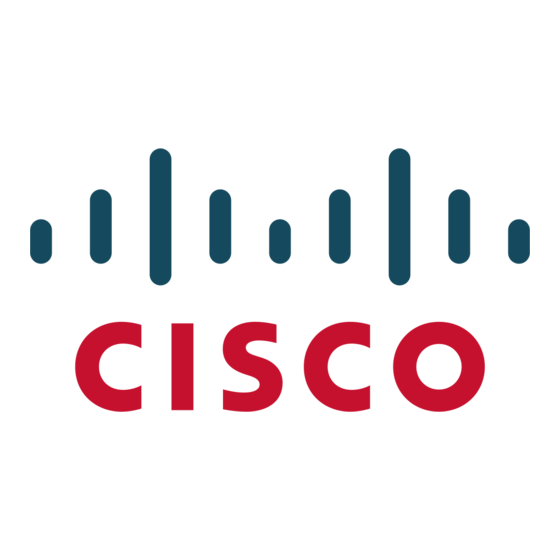Cisco 500 Series Manual de inicio rápido - Página 9
Navegue en línea o descargue pdf Manual de inicio rápido para Sistema de conferencias Cisco 500 Series. Cisco 500 Series 21 páginas. Stackable managed switches
También para Cisco 500 Series: Manual de información de seguridad (42 páginas), Manual (4 páginas), Guía de inicio rápido (13 páginas), Ficha de datos (5 páginas), Manual del usuario (4 páginas), Manual del usuario (6 páginas), Manual del usuario (46 páginas), Manual (40 páginas), Manual de administración (48 páginas), Manual (24 páginas), Solución de problemas y mantenimiento (15 páginas), Manual de consulta rápida (7 páginas), Manual de inicio rápido (25 páginas)

